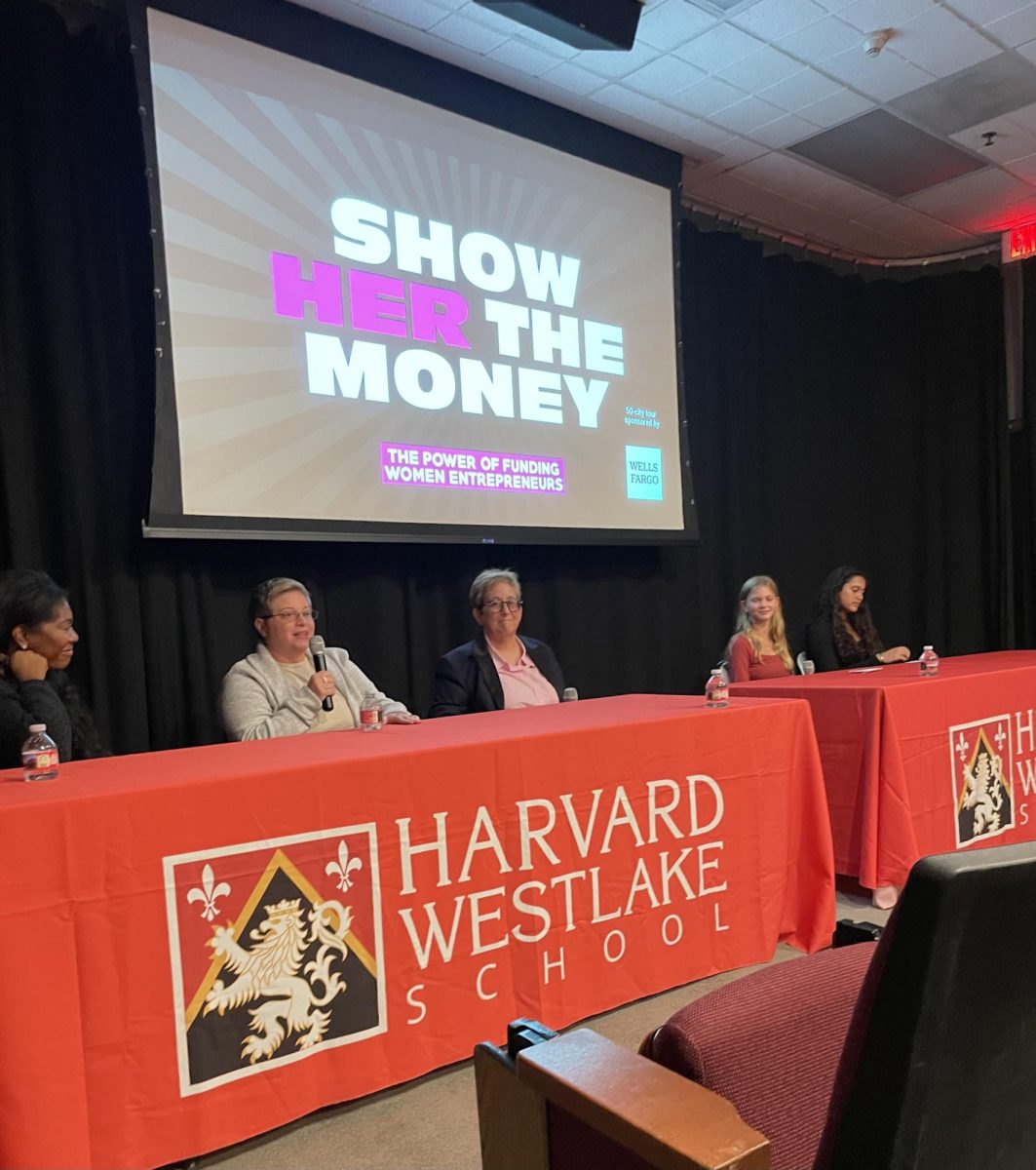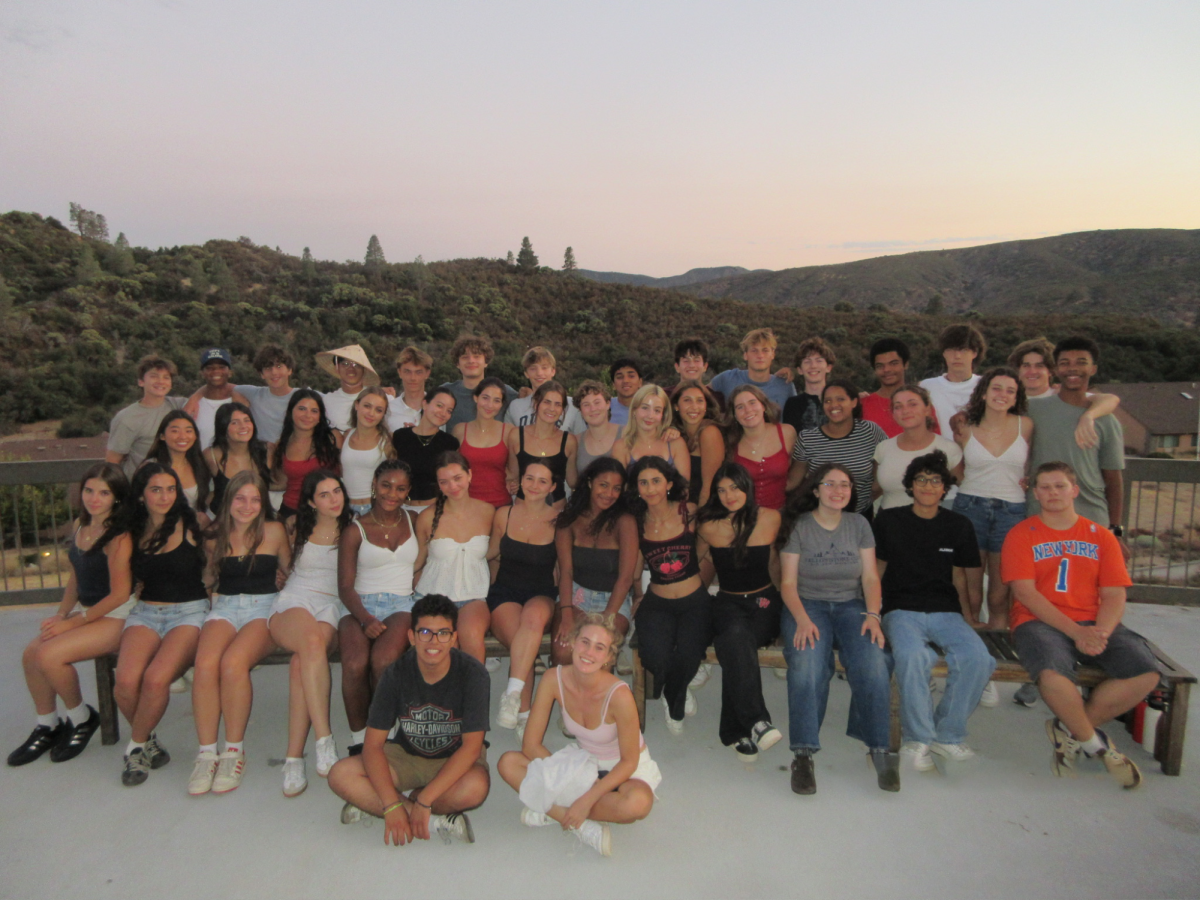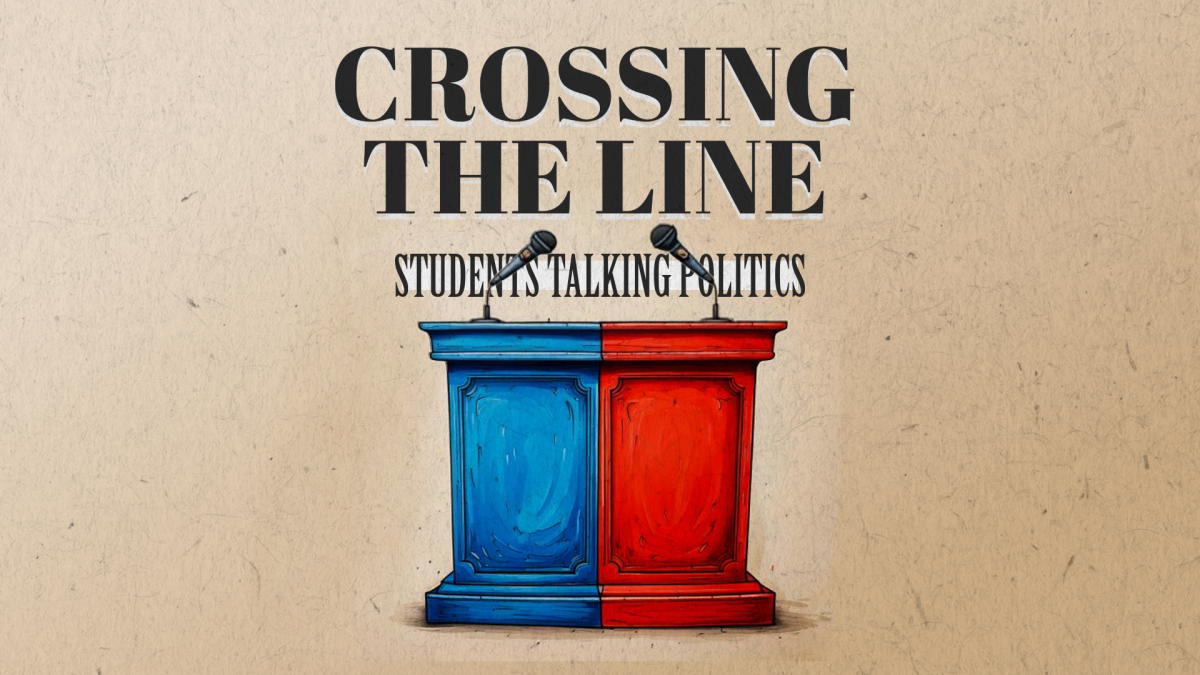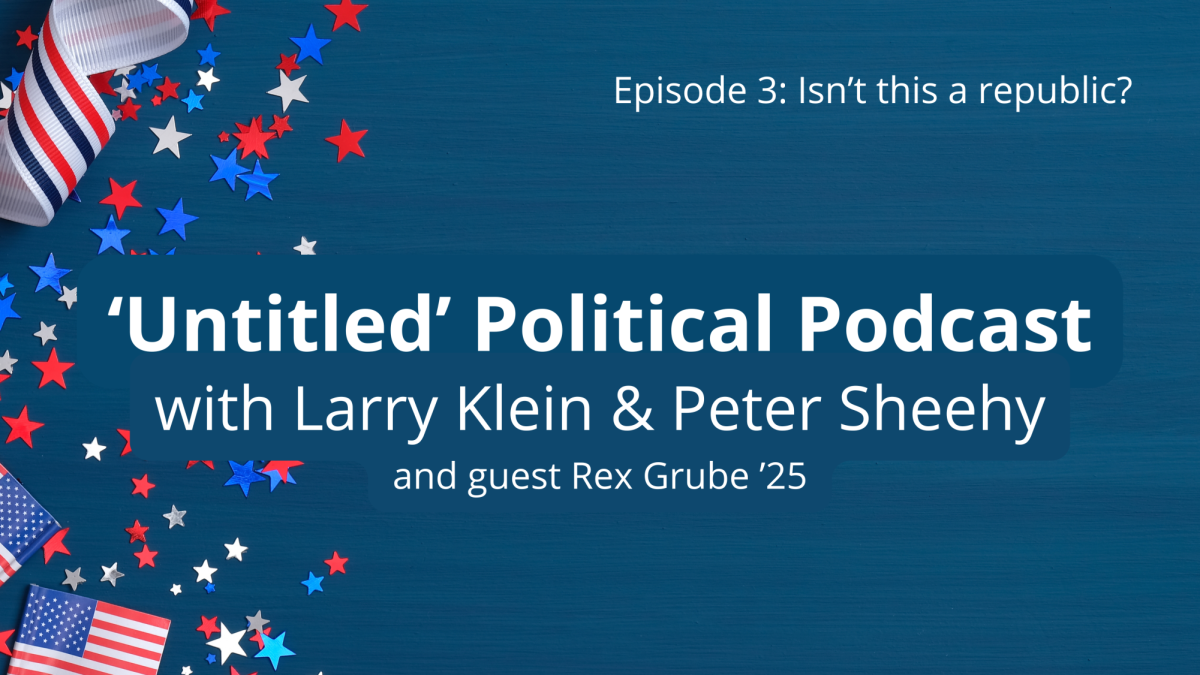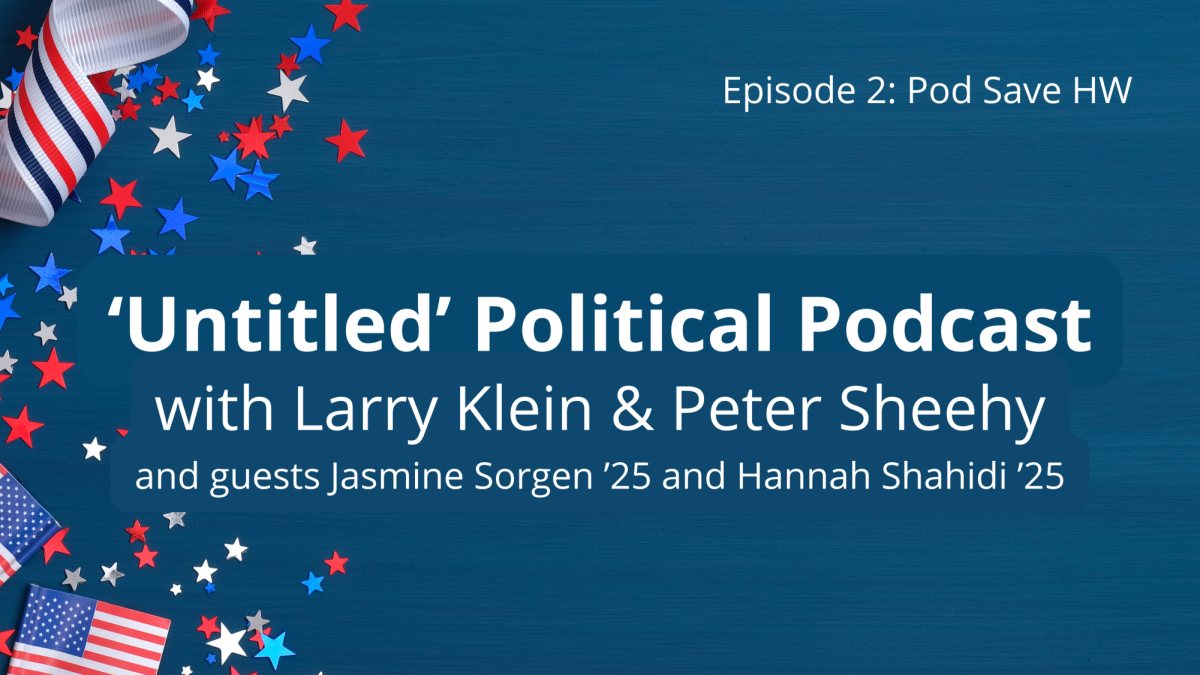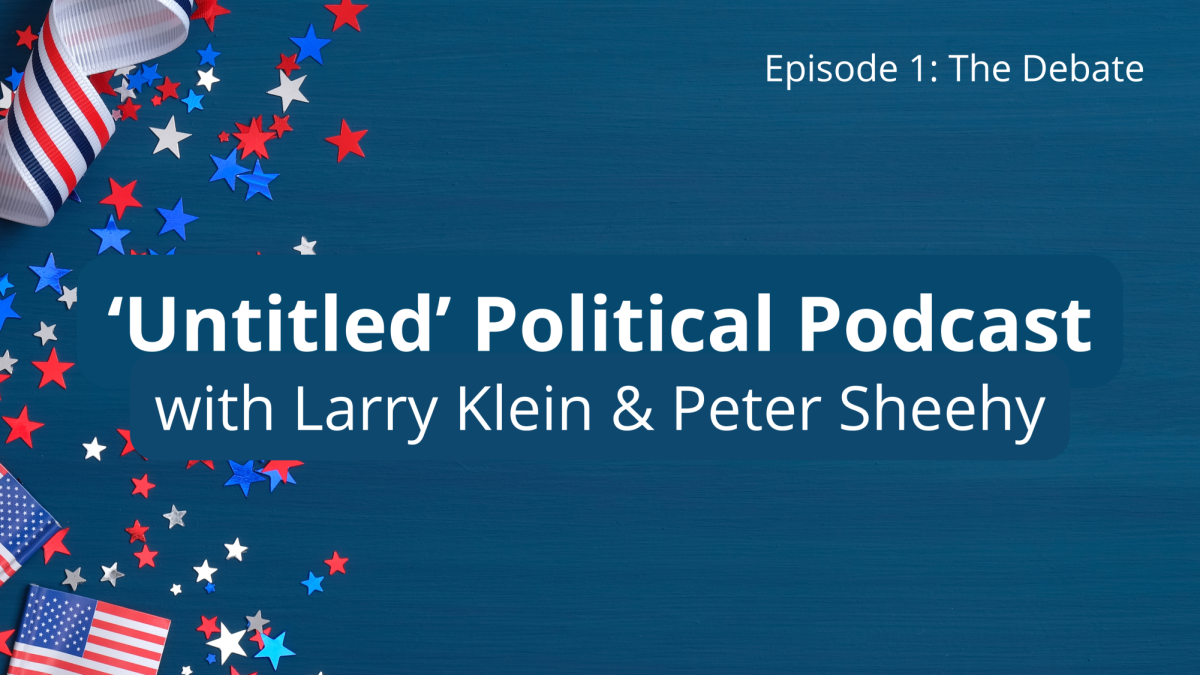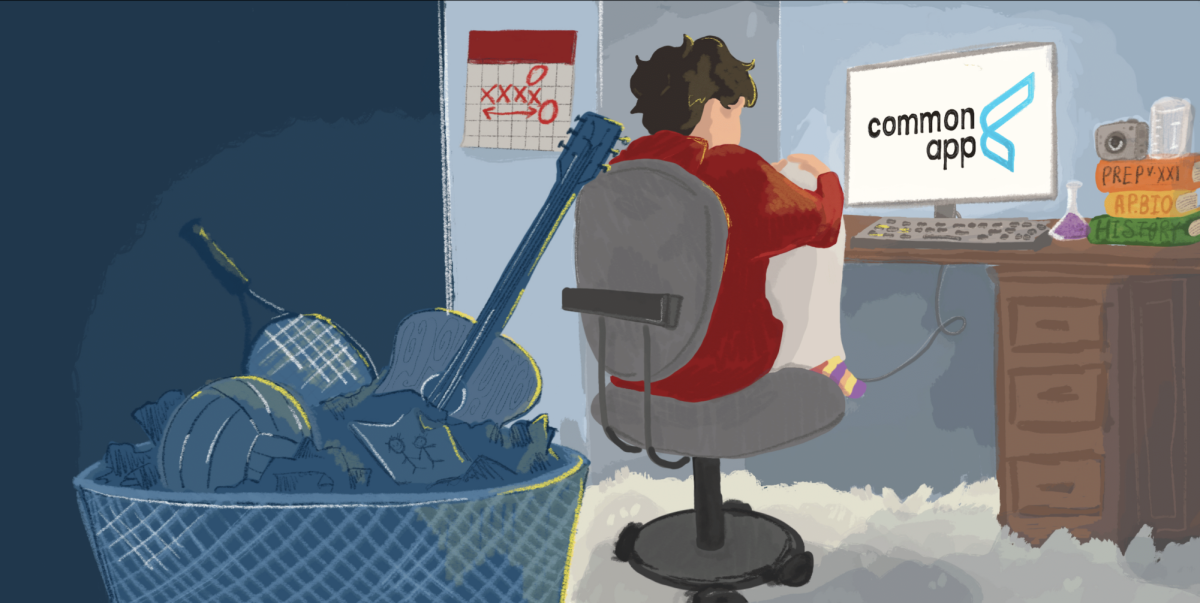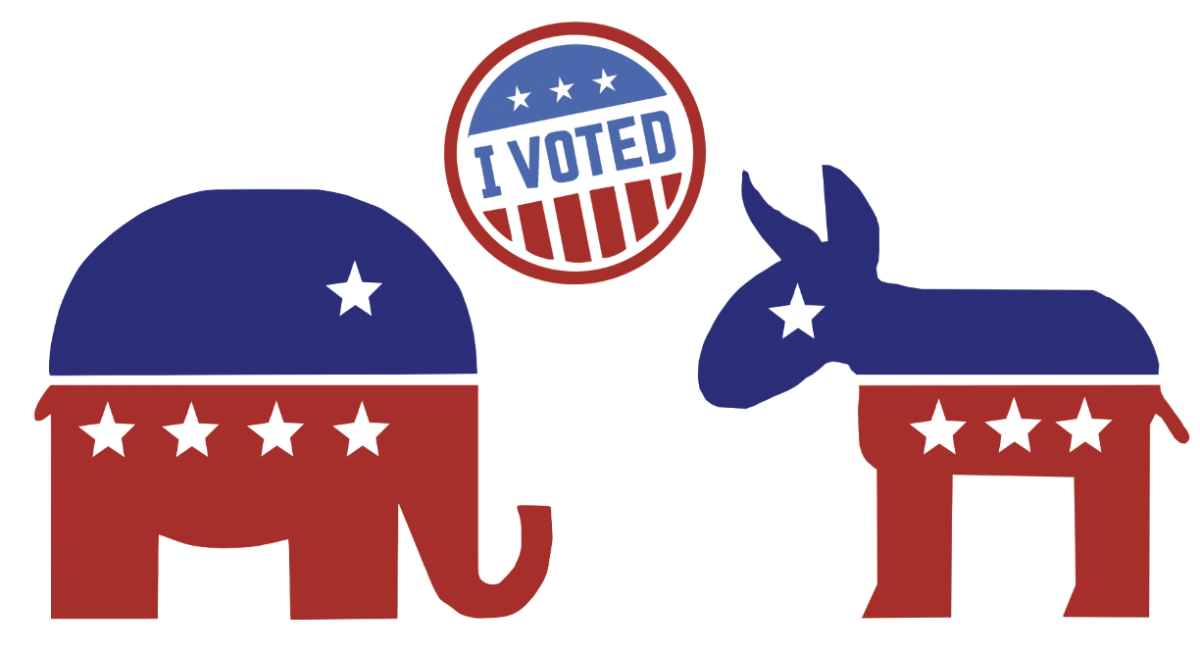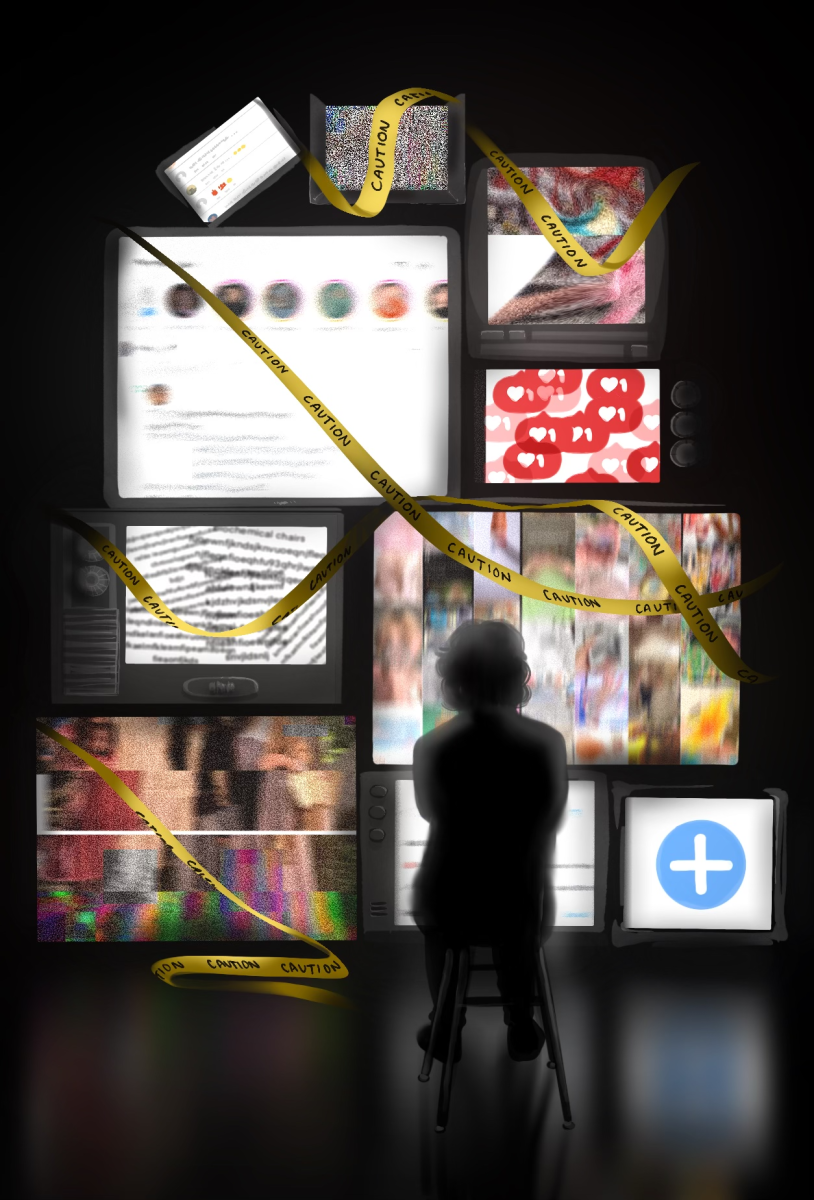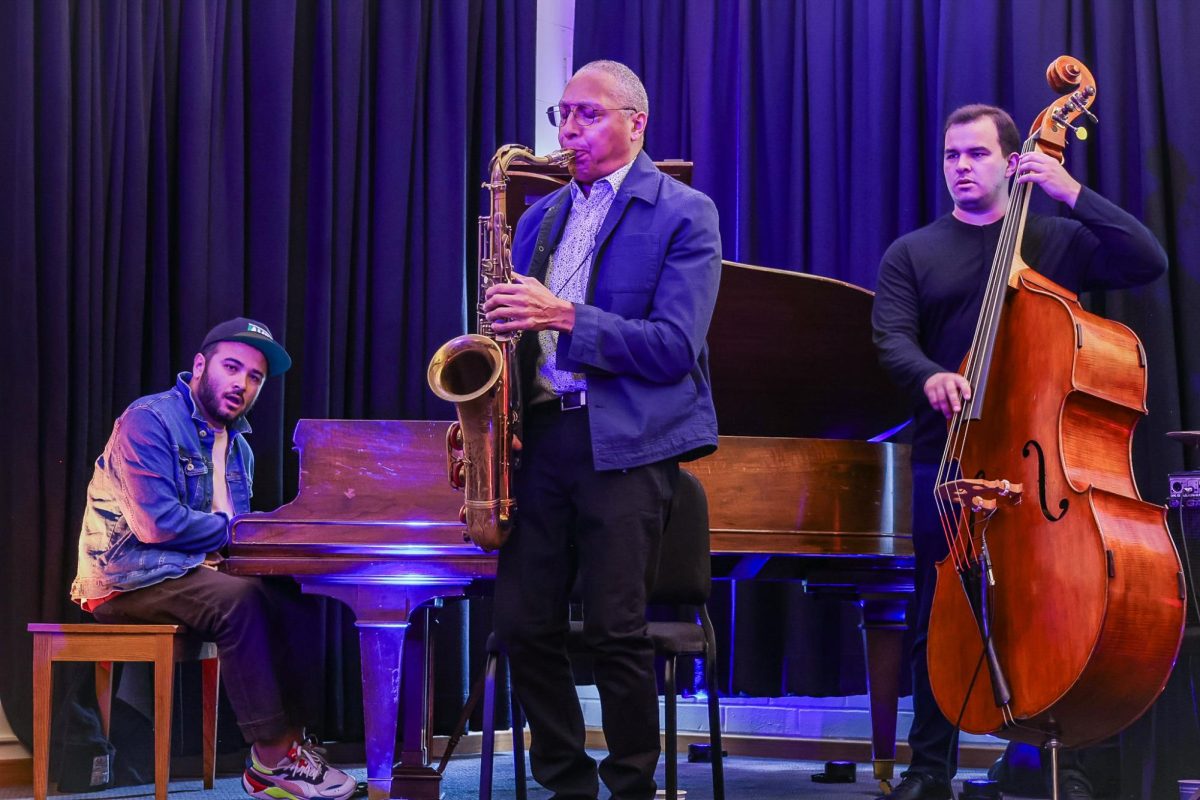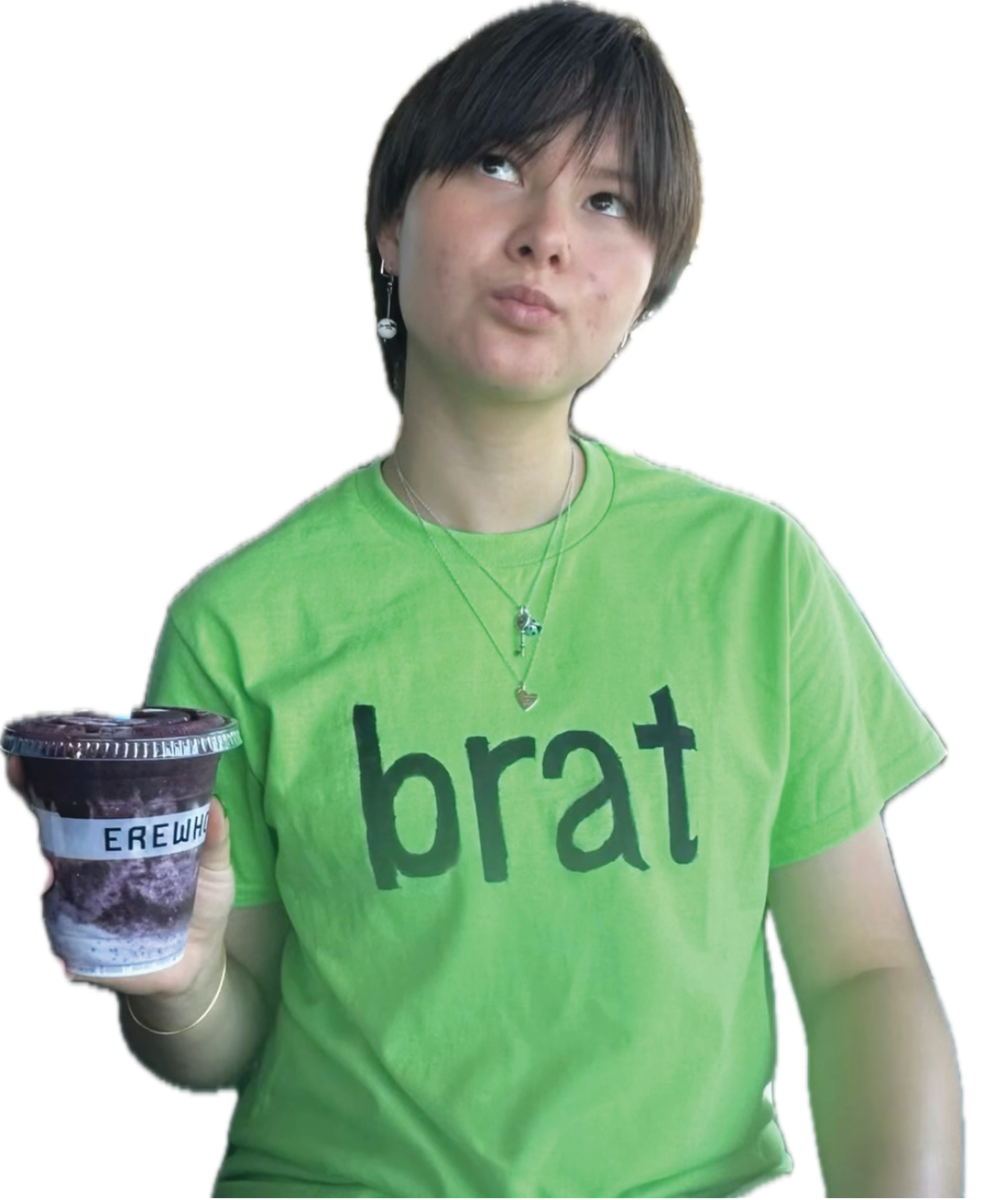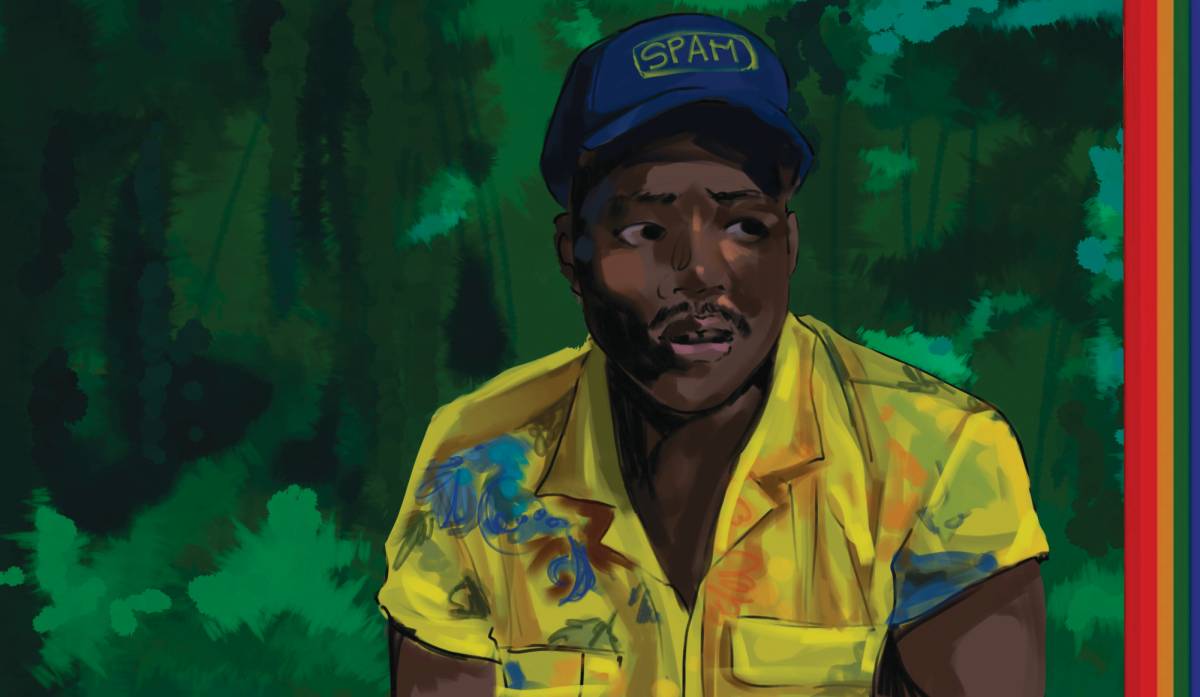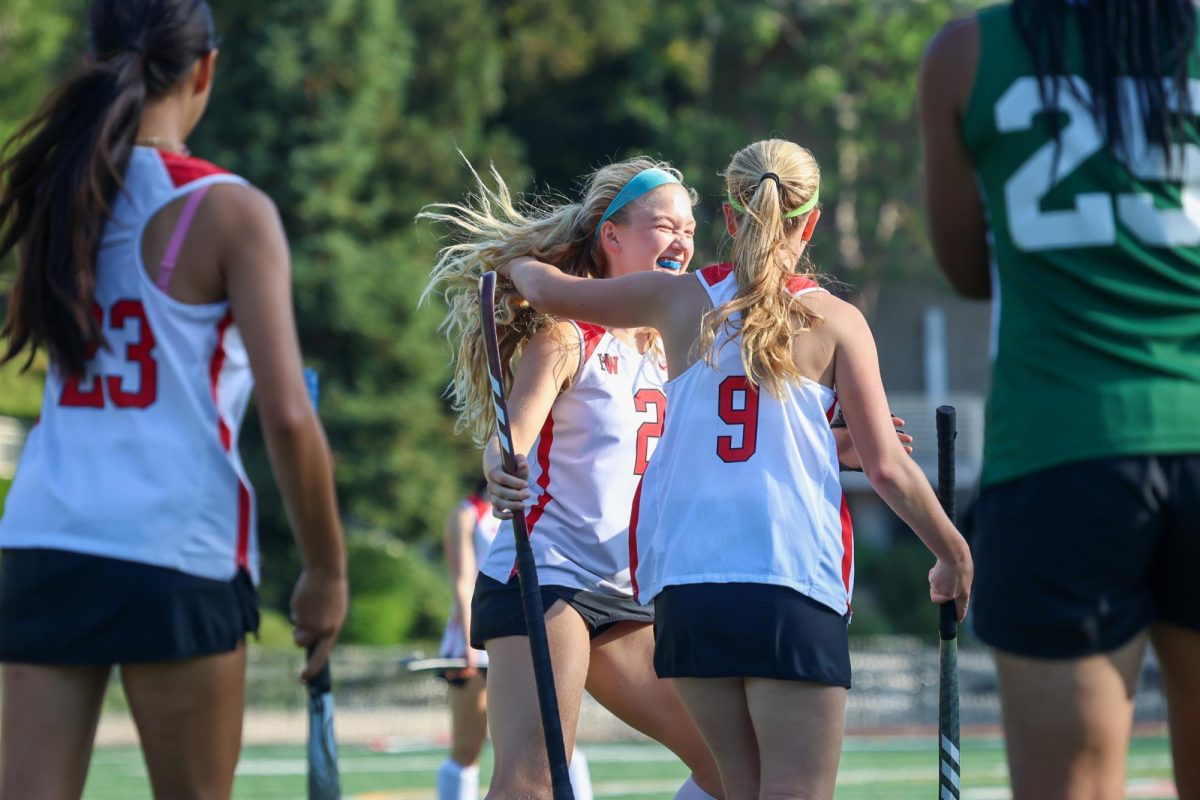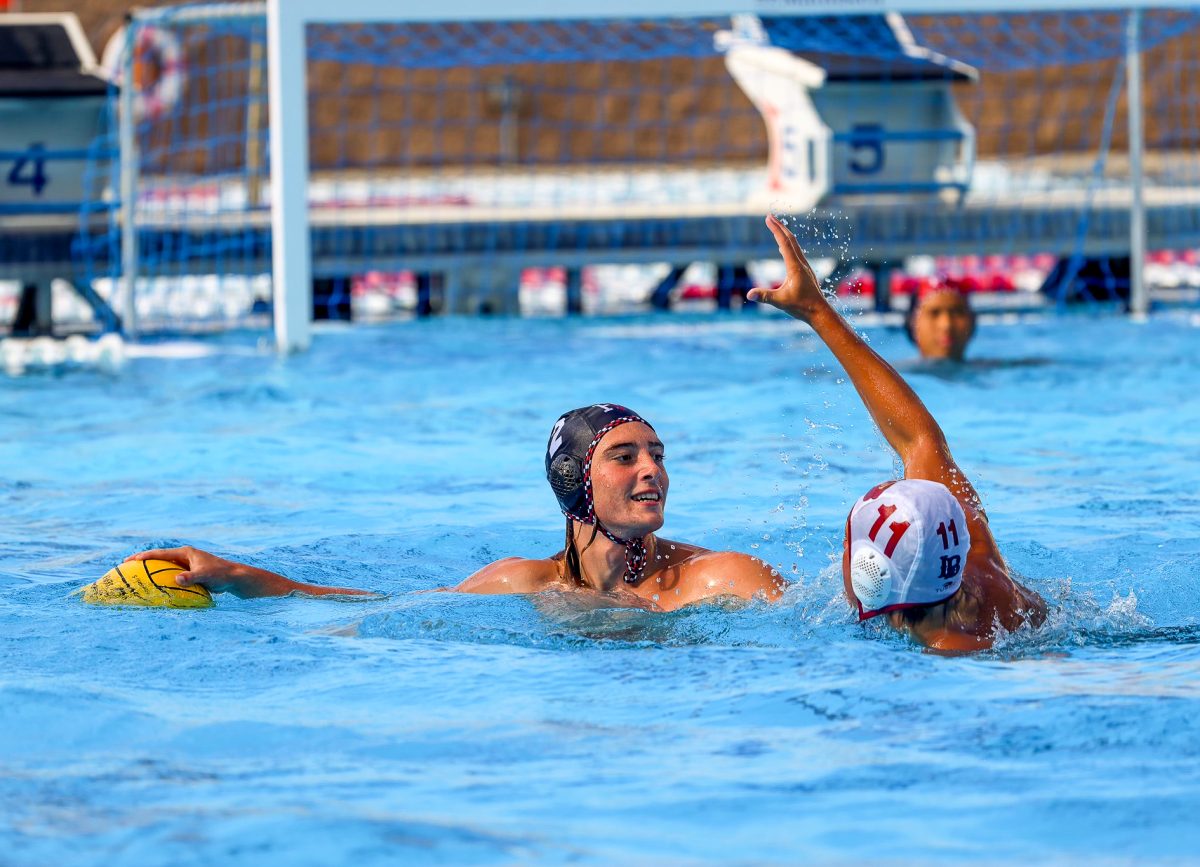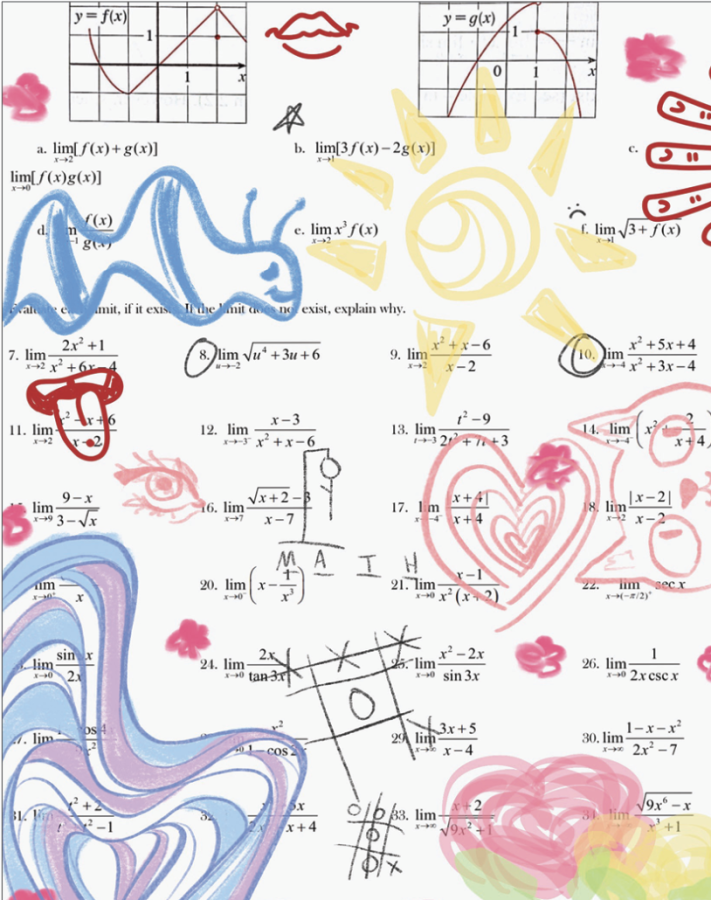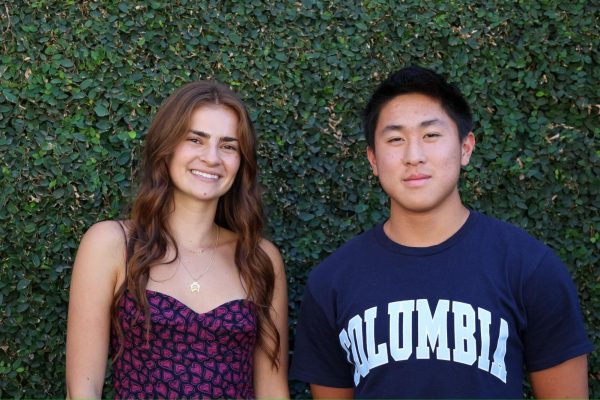Cultivating Creativity
The incorporation of creative activities helps diversify the learning experiences of students.
My father’s father always told him the biggest room is the room for improvement. I’d argue it’s the Forum, or maybe the Taper Gym, but I understand what my grandpa was getting at. The school, for example, provides remarkably informative, interactive and mentally stimulating curricula, but it could improve on its overall academic creativity.
When students enter the Coldwater campus, their high-school experience undergoes some major shifts: upperclassmen are finally nice, classes are significantly harder, and for the first time in our lives, teachers treat us as mature, respectable individuals, even though we are nothing of the sort. This reminder of growing up is accompanied by serious subjects and an absence of creativity in the classroom environment.
The most jarring example of this exists in language courses, where teachers have replaced artistic presentations with preparations for May Advanced Placement (AP) exams. These exercises may help students secure high scores, but they provide little to no room for anything else. Students perform conversations, present topics, watch everyone else’s presentations, take their tests and then do it all over again at the end of the next unit.
If creative projects were introduced into our courses, students could team up with new people and engage with language in a way that is collaborative and fun. Students could also hold each other accountable and continuously practice their assignments rather than co-write a presentation with Google Translate the night before it is due.
Math and science courses, despite being logic-based, also stand to benefit from more entertaining assignments. Individual students learn differently; there are visual learners, auditory learners and more. I myself learn best through academic video games. Last week, I indulged in a delightful little gardening simulator for AP Environmental Science and successfully learned all of the unit’s essential topics while tending to pixelated crops. GreenGlobs, a math classic, is a program in which players program as few lines as possible to hit as many points as possible. Completing a GreenGlobs assignment was the most I tried on any math assignment in my seventh grade Algebra 1 course.
Students find motivation in unique and unlikely places, and if teachers only try the same tricks, they will only get the same amount of minimal effort in return. Creative activities diversify our routines and bring lighthearted competition to our daily lives, which is especially valuable in high school, when the majority of competition comes from high-stakes sports, college admissions and the occasional round of Tap-Out.
Especially in courses that rely on logic and paperwork rather than discussion, students and teachers often end the year without truly knowing one another. Both parties can benefit from a wider variety of assignments to complete and assign, rather than continuing the current academic hamster wheel.
Rigid systems make for rigid students and, in an academic institution that prioritizes both joy and excellence rather highly, we have to do just a little bit better dynamically bringing students and classes to life.

